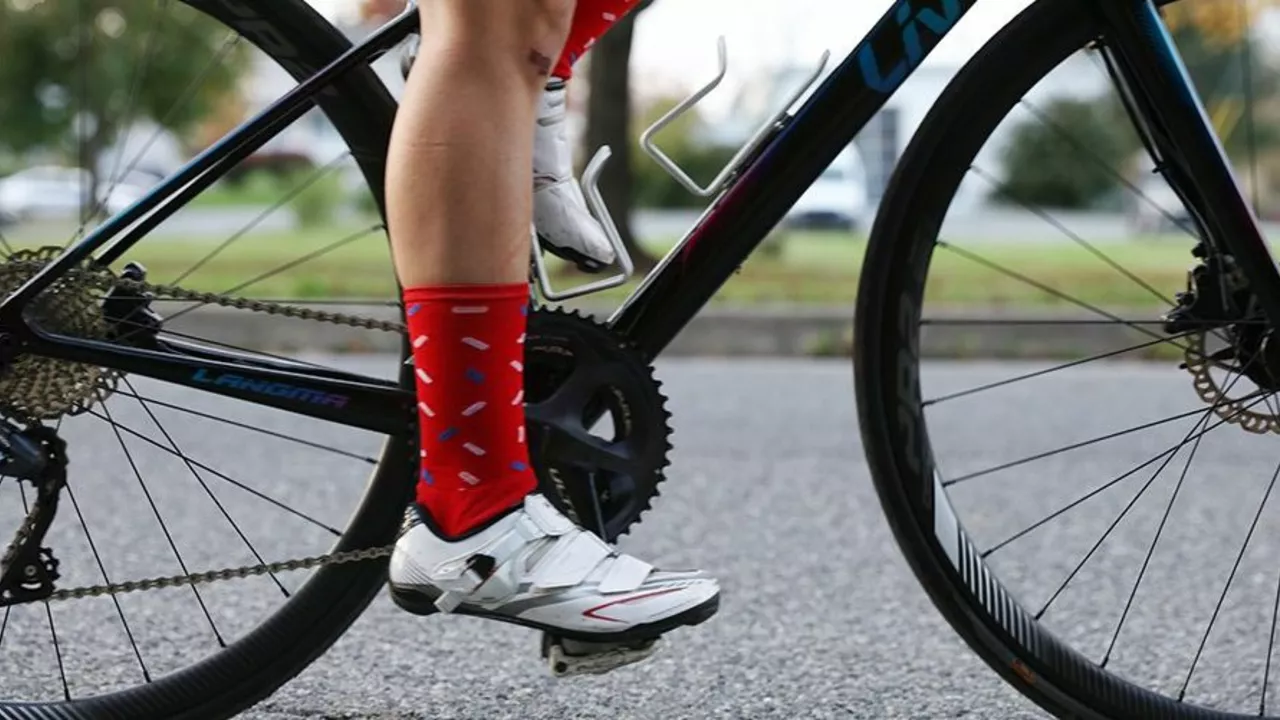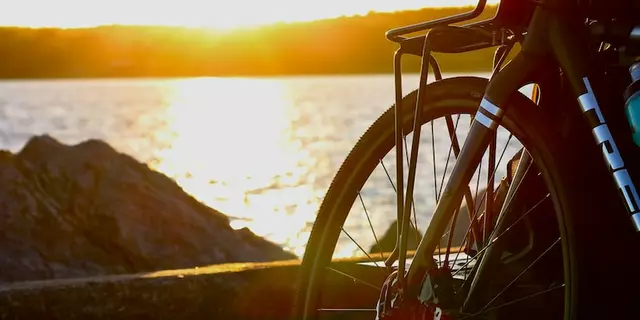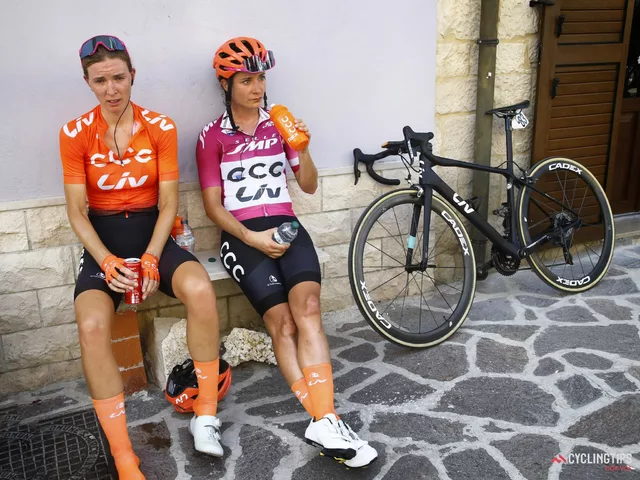Everything You Need to Know About Cycling Equipment
Picking the right gear can turn a wobbly ride into a smooth, confident sprint. Whether you’re a city commuter or a weekend mountain‑biker, the basics – shoes, gloves, and a bike that can take a knock – make a huge difference. Below you’ll find straight‑forward tips that help you get the most out of your equipment without spending hours reading manuals.
Choosing the right shoes and pedals
First off, shoes matter more than you think. Running shoes feel comfortable, but they lack the stiffness needed for efficient power transfer. A stiff sole pushes more energy into the pedals, so you’ll notice a quicker cadence and less foot fatigue on longer rides.
If you’re ready to step up, consider clip‑in shoes. They lock into compatible pedals, giving you a solid connection that boosts speed and control. The trick is to practice clipping in and out in a safe area until it becomes second nature – you don’t want to be stuck on the road because you can’t release quickly.
Make sure your cleats match your pedal type. Two‑bolt (Look) and three‑bolt (SPD) systems are the most common. Look for a cleat that offers enough float (the angle your foot can move) to stay comfortable on uneven surfaces. And always check the screws before each ride – a loose cleat can turn a smooth pedal stroke into a tumble.
Staying comfortable with gloves and apparel
Winter rides call for good gloves. Insulated, waterproof gloves keep your hands warm, improve grip, and protect against wind‑chill. Look for a pair with a silicone palm for extra grip and a conductive fingertip if you need to use your phone without taking them off.
For everyday riding, a simple pair of padded gloves reduces pressure on the palms and helps absorb road vibration. They’re cheap, easy to wash, and can prevent numbness on longer rides.
About the kit underneath: wearing underwear under your cycling shorts is a personal choice. If you pick seamless, breathable underwear, you’ll avoid chafing and keep things dry. Many riders skip it for a tighter fit, but a good quality pair can improve hygiene and comfort, especially on hot days.
Another durability tip: choose a bike frame that matches your riding style. Mountain bikes have thicker tubes and wider tires, making them tougher on rough trails. Road bikes are lighter and faster but need regular maintenance to keep the thin components in shape. If you commute on mixed surfaces, a hybrid frame with reinforced tubing offers a sweet spot – robust enough for potholes and light enough for speed.
Finally, keep your gear clean and well‑lubricated. Wipe down your shoes after a muddy ride, dry your gloves, and check your bike’s drivetrain weekly. A little upkeep extends the life of your equipment and keeps you safe.
With the right shoes, proper gloves, and a bike built for your terrain, you’ll feel more confident, ride farther, and enjoy every mile. Stay tuned to Skipton Cycling Enthusiasts for more gear reviews and local ride tips.

Which pedals are best for a road bike?
After researching and testing various pedals for road bikes, it seems that clipless pedal systems are the most efficient and popular among cyclists. They provide a secure and direct connection to the bike, which improves power transfer and overall performance. Brands like Shimano and Look are often highlighted for their durability and ease of use. However, for those new to road biking, flat pedals can be a safer, more comfortable option. Ultimately, the best pedals depend on your skill level, comfort, and cycling goals.
View More



